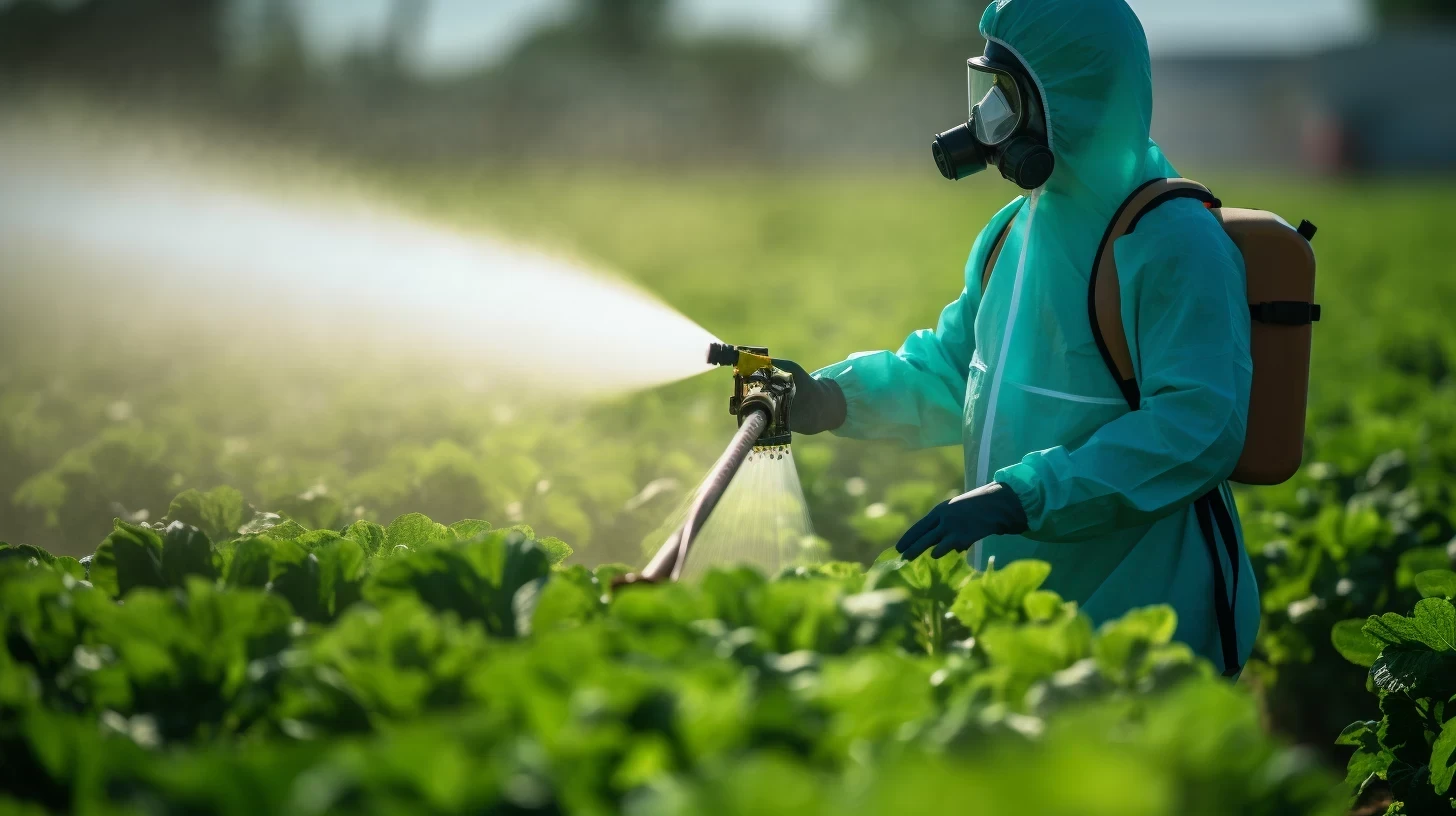In our fast-paced world where the population is growing exponentially, there's an ever-increasing demand for food security and sustainability. Along with these greater demands comes a need for innovation in agriculture, sparking a scientific revolution in crop cultivation.
At the heart of this revolution, giving an invigorating boost to our crops, are biostimulants – a captivating area that intertwines plant biology, agriculture, and technology. It's high time we dug deeper into the world of biostimulants, unveiling their secrets and understanding their extraordinary impact on crop productivity.
?What are biostimulants
In the vast realm of modern agricultural sciences, biostimulants have carved their unique niche. Put simply, biostimulants are substances and microorganisms that, when applied to plants or the soil, regulate and enhance the plant's natural processes to boost growth and overall vitality. Stemming from ancient practices of utilizing organic matter to nourish crops, biostimulants have evolved into sophisticated products essential to contemporary agriculture.
More than just fertilisers, biostimulants are remarkable for their role in sustaining and augmenting plant health and productivity, often enabling agricultural output to thrive in challenging environments. In an era where the omnipresent challenge is to maximize crop productivity while reducing the environmental footprint, biostimulants have emerged as a sustainable solution, invigorating our efforts to harmonize the needs of agriculture with responsible stewardship of the earth. We will delve into the mechanism of biostimulants later in this discourse.
Understanding the Mechanism of Biostimulants
Biostimulants play a critical role in promoting optimal plant growth and development. They interact with plant physiological processes in a variety of complex yet beneficial ways. For instance, they can stimulate natural plant processes that enhance nutrient uptake, utilization, and efficiency.
Known to improve plant quality and productivity, these organic substances enhance the plant's ability to assimilate nutrients, leading to optimized growth. The interaction between biostimulants and plant physiology helps in managing nutrient imbalances, creating a robust yield from crop cultivation.
Unlike conventional fertilizers, biostimulants act on the plant's general health, resilience, and vigor rather than directly satisfying their nutritional needs. As we delve further into the types of biostimulants and their functionality in the next section, we will explore how these unique compounds continue to revolutionize the agricultural industry and beyond.
What are Types of Biostimulants and Their Functionality
Biostimulants are typically classified into four main categories: seaweed extracts, humic and fulvic acids, amino acids, and microbial amendments. Each type has its unique functionality that significantly contributes to improved plant health and productivity.
Seaweed Extracts
Seaweed extracts typically work by promoting plant growth and development, enhancing stress resistance. For instance, the popular Israel-produced "SeaMagic" is renowned for its high efficacy.
Humic and Fulvic Acids
The humic and fulvic acids play key roles in boosting nutrient uptake and utilization in plants, proving useful in optimizing nutrient efficiency.
Amino Acids
Amino acids, the building blocks of proteins, are crucial for plant growth and development. When applied as a biostimulant, they fortify plant stress tolerance.
Microbial Amendments
Microbial amendments such as beneficial fungi and bacteria help to improve soil health and nutrient availability, ultimately enhancing plant growth and productivity. They are integral components of sustainable agricultural systems.
The Impact of Biostimulants on Crop Productivity
At the heart of biostimulants' benefits lies their profound impact on crop productivity. Biostimulants contribute to a notable enhancement of crop yield and quality. They optimize plant physiology, which in turn results in increased output and significantly improved crop quality.
A secondary yet crucial benefit of biostimulants is the enhancement of stress tolerance and resistance to diseases in plants. Biostimulants equip plants with the capacity to withstand both abiotic and biotic stresses, from climate-related threats to various pathogens, a trait that is becoming progressively important in light of global climate changes.
Lastly, the application of biostimulants champions sustainability. By promoting efficient nutrient use and reducing the reliance on synthetic fertilizers, biostimulants minimize environmental impact. This resonates well with today’s ever-growing emphasis on sustainable agricultural practices, promoting the intersection of productivity and environmental consciousness.
For more information >> Biostimulant
